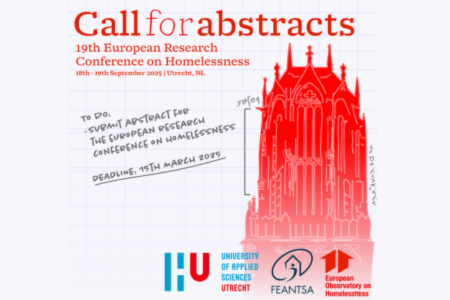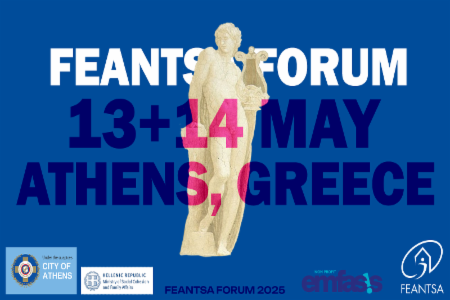Homelessness services provide solutions to increase financial inclusion of people experiencing homelessness in increasingly cashless societies
Download the paper here (online PDF)
The objective of this paper is to shed light on the financial challenges faced by people experiencing homelessness in today’s increasingly cashless and digitalised societies, with a particular focus on access to payment accounts with basic features. We highlight that people living in destitution and marginalisation are at an increased risk of financial exclusion, which can contribute to amplifying their social exclusion. Homeless people, asylum seekers, refugees and Roma and Travellers, have been identified as the most at risk groups when it comes to financial exclusion.[1]
Financial exclusion is defined by the European Commission as “(…) not being able to access or use ‘financial services in the mainstream market that are appropriate to (people’s) needs and enable them to lead a normal life in the society in which they belong’ (European Commission, 2008).” In most societies contactless card payments and other cashless means of paying are predominant, thus having a bank account is the first step for securing financial participation. The COVID19 pandemic has added a new layer of digitalisation and cashlessness to our societies, by moving public services almost entirely online and further encouraging cashless payments. Since the outbreak of the pandemic cash has been perceived as a means of transmitting the virus and– cash payments have increasingly been replaced by card payments. Furthermore, ATMs have started being physically removed in several European countries. All these changes are negatively impacting individuals who face barriers in opening bank accounts, as part of their financial exclusion.
In this context, marginalised and vulnerable people, including those experiencing homelessness, are at a high (and increasing) risk of financial exclusion. To avoid even further marginalisation of homeless people, existing policies and their implementation at national level by EU Member States have to be improved. Adequate measures need to be implemented to enhance access to payment accounts with basic features for people experiencing homelessness and vulnerable groups.
Several FEANTSA members who work as service providers for destitute and homeless people across Europe have supported individuals’ access to banking services, and, most importantly, to open a bank account. They also work to support people who cannot manage banking services once obtained, because of a lack of digital skills or knowledge of the financial system. Their experiences are proof that accessing a bank account is not as straightforward as the European Commission aimed to make it through Directive 2014/92/EU of the European Parliament and of the Council of 23 July 2014 on the comparability of fees related to payment accounts, payment account switching and access to payment accounts with basic features (hereafter the PAD Directive)[2]. By presenting these experiences, the objective of this paper is twofold: firstly, to uncover the irregularities in the implementation of the PAD Directive across MS and secondly, to promote the tools that homelessness service providers put in place for facilitating access to bank services for their beneficiaries. These tools can serve as inspiration to other services as well as to national authorities.
[1] Finance Watch, Financial exclusion: Making the invisible visible. A study on societal groups encountering barriers to accessing financial services in the EU, March 2020.
[2] https://eur-lex.europa.eu/legal-content/en/TXT/?uri=CELEX%3A32014L0092






